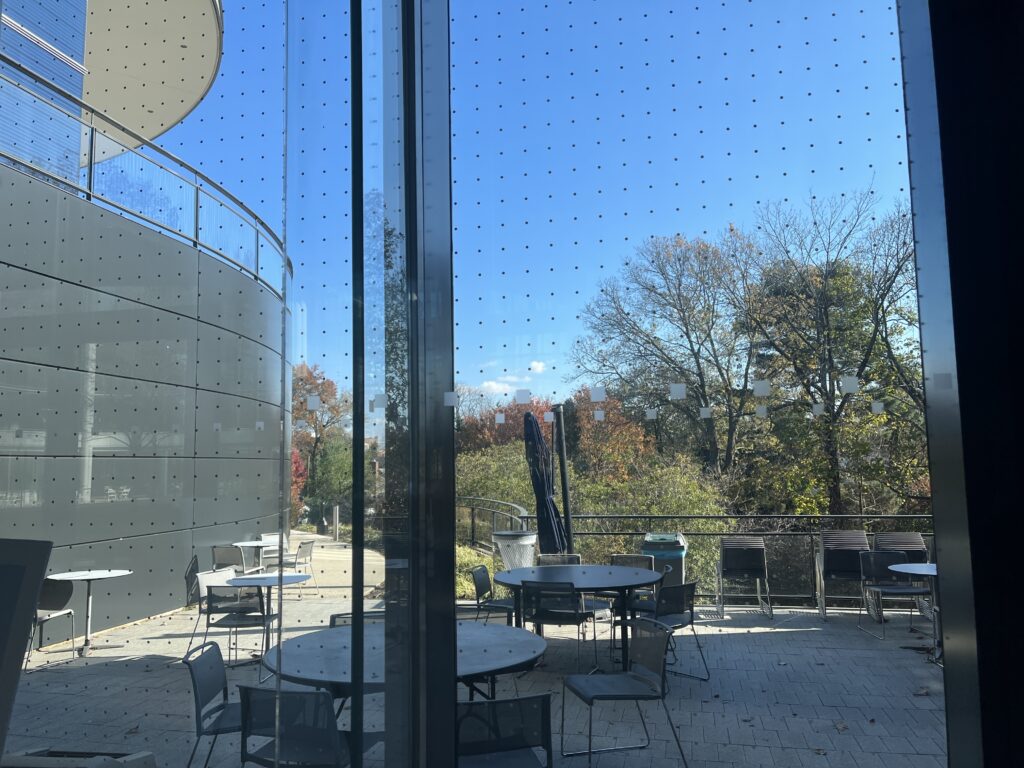Ep. 51 Glass Hazards: The Silent Threat to Birds
Birds are essential to our ecosystems and biodiversity, and we must protect them.
For birds, glass windows are worse than invisible. They often mistake windows for inviting spaces to fly into, especially when reflections of foliage or the sky make them appear like open pathways.
Unfortunately, the sheer number of windows poses a significant threat to birds. According to All About Birds, in the United States alone, up to 1 billion birds die from window strikes each year.
Today, in this episode, I will discuss a worrying issue affecting the world’s bird population: death due to collisions in windows, whether in houses or buildings.
Heidi Trudell from Just Save Birds explains why birds hit windows and glass, how we can work in prevention and education, and, most importantly, how to reduce bird collisions with windows.
These were the topics we addressed with my guest:
- What is the main cause of the decline in the bird population?
- Why do birds hit windows and glass, and how many die from glass collisions in the US each year?
- How can we reduce bird collisions with windows?
The first time I saw windows designed to prevent bird strikes was when I attended a conference at the Yale School of Management.


Types of Window Collisions
- Daytime Collisions:
- During the day, birds crash into windows because they see reflections of vegetation or look through the glass at potted plants or greenery on the other side.
- Nighttime Collisions:
- Nocturnal migrants, including most songbirds, collide with lighted windows at night. Urban lighting can divert them from their original path, leading to collisions.
Consequences for Birds
- When birds hit windows, they often die, even if only temporarily stunned. Many succumb later due to internal bleeding or brain bruising.
- Glass is an indiscriminate killer, affecting both fit and unfit individuals within a species population.
Remember, simple adjustments can significantly reduce the danger your home’s windows pose to our feathered friends. Let’s protect these beautiful creatures and make our living spaces safer for them!
I hope that not only do bird lovers like us have to take care of birds, but society should commit to and raise awareness of this.
Disclaimer: No birds were involved in the recording of this audio.
Picture: iStock
